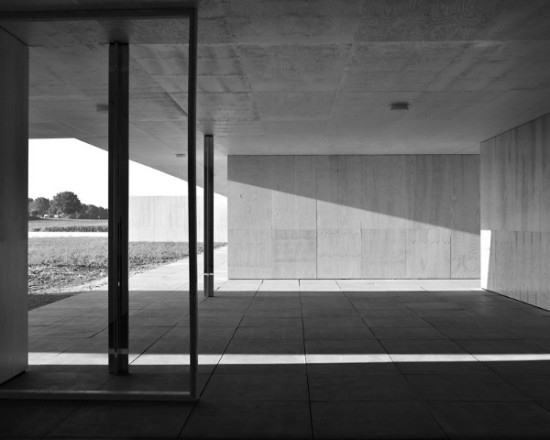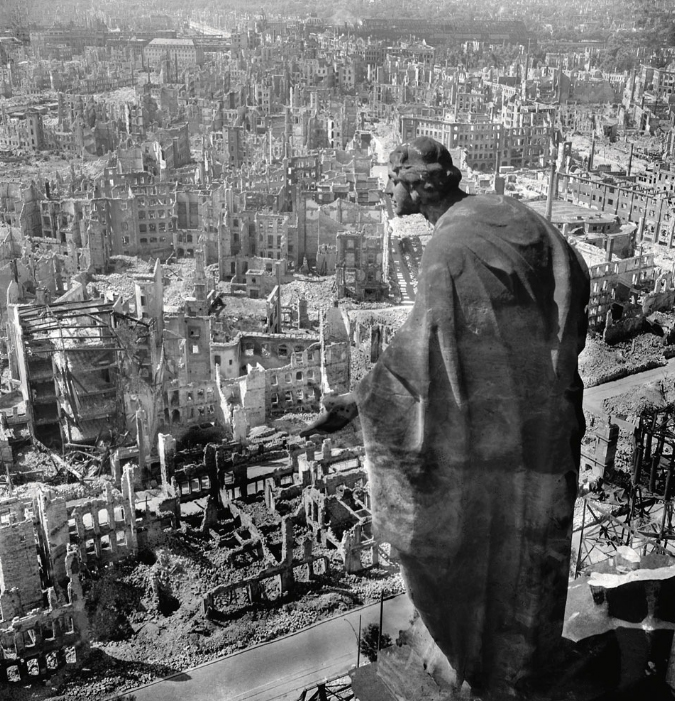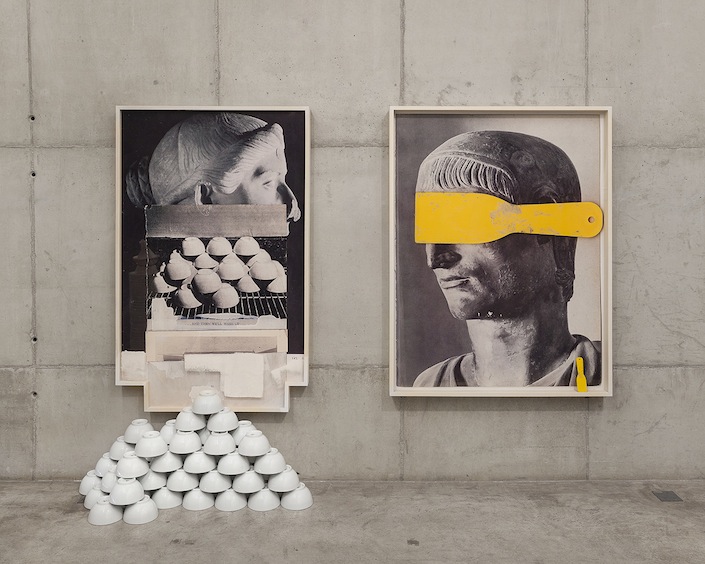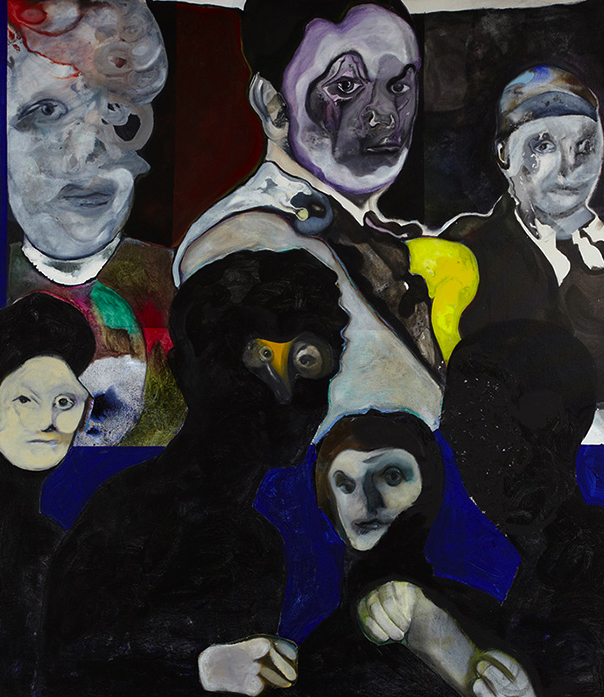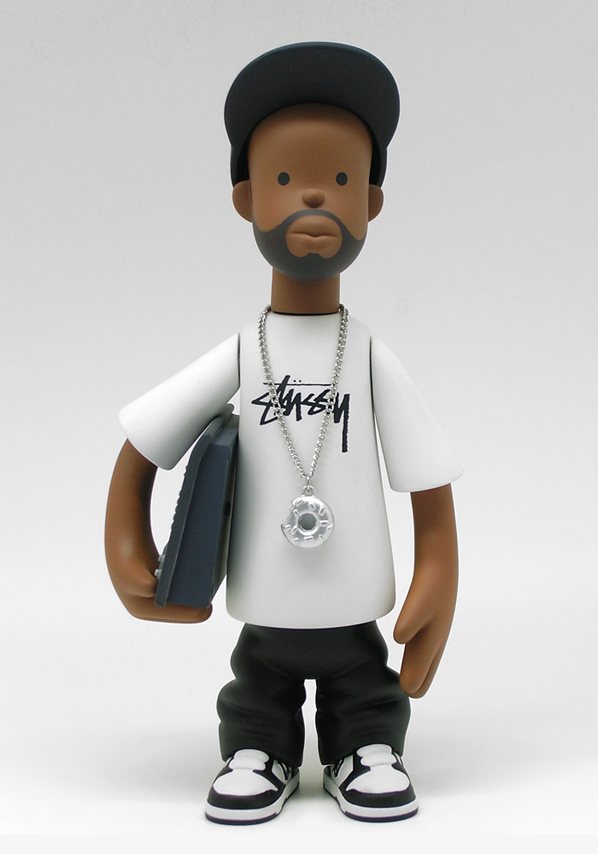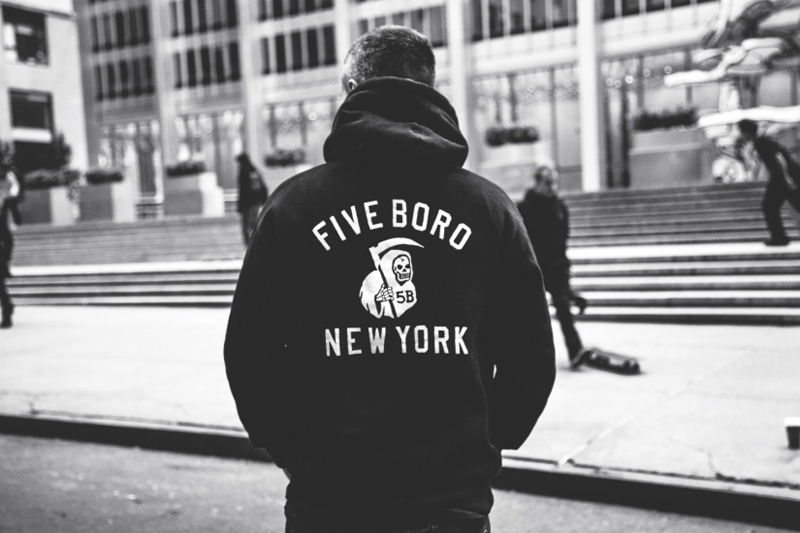JOACHIM BROHM – VERNACULAR & MODERN
2014-12-01This London-based solo exhibition records an ongoing concern with the notion of architecture as an environment for recreation, in a new body of work that contrasts the modernism of Ludwig Mies van der Rohe with Brohm’s study of vernacular German allotment buildings of the late 1970s, Typology.
Over 80 years ago, German-American architect Mies van der Rohe took part in a competition to design a club house for the newly founded Krefeld Golf Club, although due to the Great Depression, the house was never built. In 2013, Mies’ design was finally put into practice under the artistic directorship of Belgian architect Paul Robbrecht, using a model built according to the original plans.
Joachim Brohm spent time photographing this temporary model and created a body of work entitled Mies Model Study consisting of both colour and black and white images. Fascinated with the rough nature of some parts of the structure as a contemporary interpretation of the incomplete Mies sketches, Brohm’s images gracefully reference the aesthetic language of modernist architectural photography of the 20th century.
Typology 1979 is the retrospective title Brohm gave to a series of photographs taken while studying at the Folkwang Hochschule in Essen, using muted tones to document vernacular German allotment huts in muted tones and colours. The series is devoted to recreational places and the activities of people living in the artist’s immediate area around the industrial Ruhr.
Exhibition runs through to January 10th, 2015
Grimaldi Gavin
27 Albemarle Street
London
W1S 4DW
